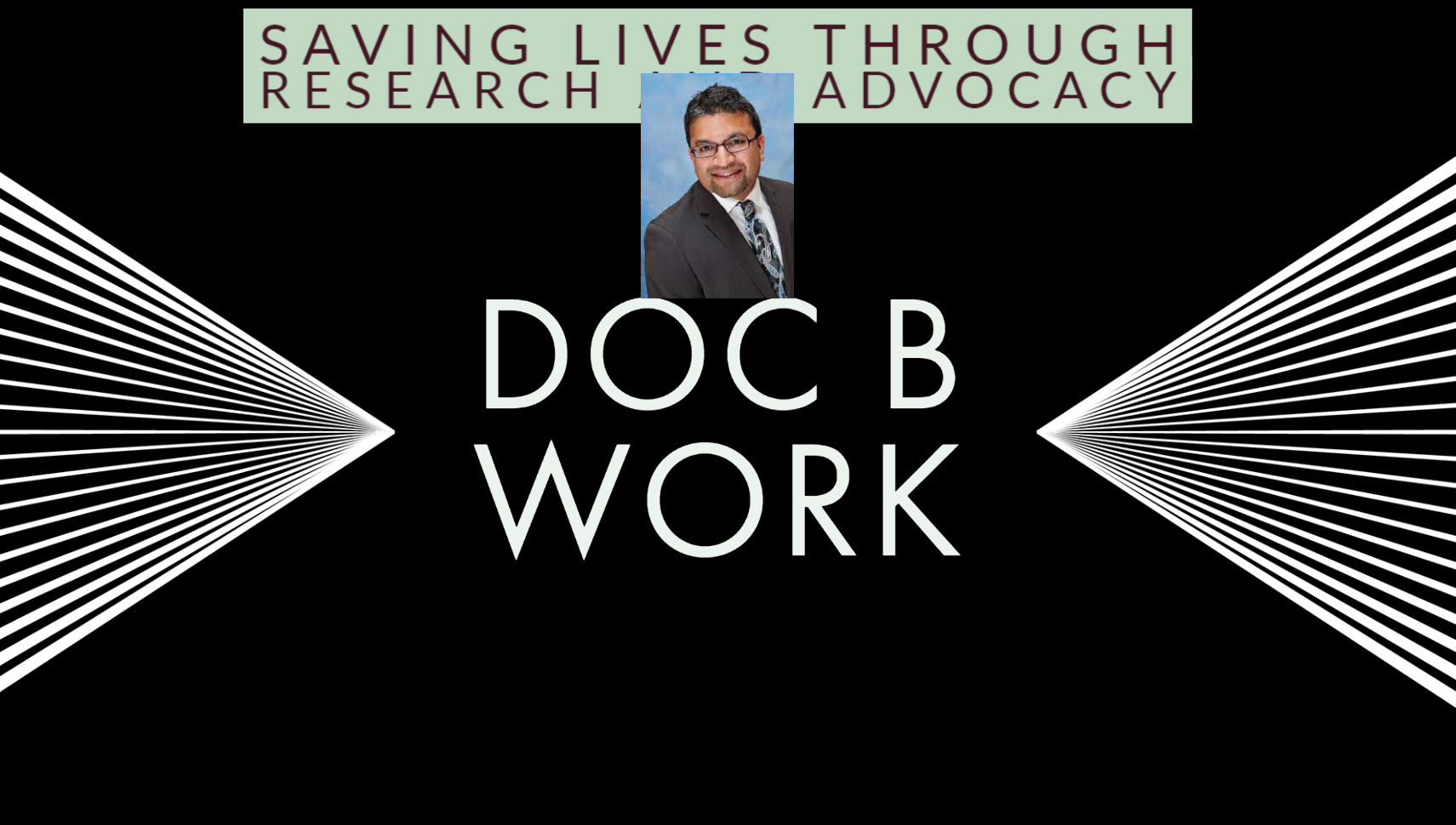During March of 2020, myself and other researchers from the Walden community got together and launched a research group to better understand the social and sociological impact of COVID-19 and especially the social distancing measures that were present during the pandemic.
I teamed up with Dr. Gary Szirony, Gary Burkholder, Beyan Sana worked together to create the model below which was presented at the European Union Public Health Association.
Below is the SOCIAL DISTANCING CONCEPTUAL MODEL
Using the evidence from the research on loneliness and social isolation, as seen in Figure 2, we created a Social Distancing Conceptual Model (SDCM) in order to demonstrate the potential trajectories of how a person reacts to the policies implemented to curb the spread of COVID-19. As is demonstrated, social isolation is not automatically the end result of social distancing. The left part of the model is policies related to COVID-19, and the right is the long-term outcomes upon members of society. The top half of the model demonstrates that individuals who are flexible and are well adjusted can adapt to particular technologies to aid in social nearing. This ability to adapt has as much to do with adaptability as has to do with individuals who are not socially oppressed. For instance, ethnic minorities face more discrimination and stress than those individuals of the majority population (e.g, Williams 2018; Wong-Padoongpatt, Xane, Okazaki, & Saw 2020). As individuals feel supported due to the effective usage of video chatting technology, they can also feel a sense of social responsibility—moving along from left to right on the top segment of the model. By understanding the importance of social responsibility, this can lower mortality and create a sense of social cohesion. Also, this can lead to bridging social capital in that bonds can be created between ethnic groups and other social cleavages. This leads to the norm of reciprocity loop which is the expectation that people will respond favorably by returning benefit to benefit (Kjørstad 2017). This loop allows for the building of social support and continuous positive outcomes for the individual and society.
However, if the individual feels stigmatized and feels disempowered, the individual can then switch from the top half of the model to the bottom half. As demonstrated in the SDCM, not all individuals socially distancing, will feel supported. For instance, people who are socially marginalized and experience racism may have feelings of social mistrust and social rigidity. Many times, the elders or ethnic minorities feel socially withdrawn. These social distancing rules may result in certain individuals experiencing loneliness and social isolation. This may lead to an increase in overall and CVD mortality as is evidenced by our research. This may also lead to social strife due to a feeling of resentment. A maladaptive result may be bonding social capital which is exclusive bonding only within a social group. The person may look to blame minority groups for the spread of disease or feel isolated or stigmatized if they have the disease. This viewpoint would lead to further social withdrawal and the perpetuation of violence and strife. This leads to an iterative loop which can lead to social disintegration as has been evidenced by previous researchers (Gorman, 2005).
